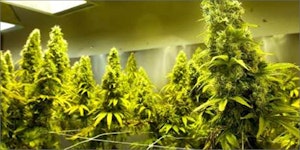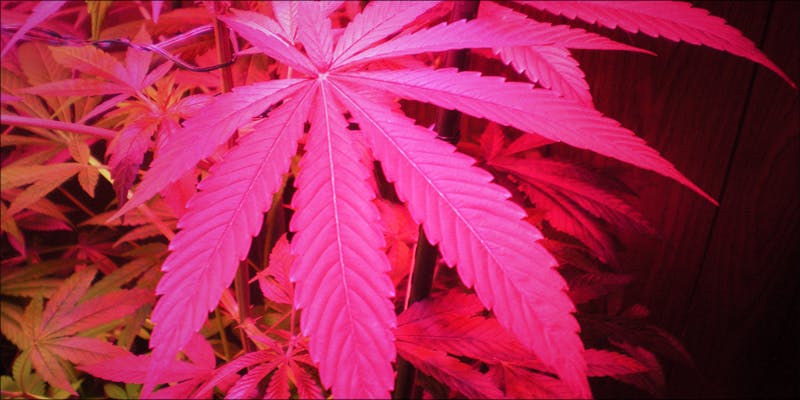
8 Steps To Building The Perfect Indoor Grow Room
Hoping to start growing indoors? To help start you off on the right foot, here are 8 steps to building the perfect indoor grow room.
Hoping to start growing indoors? Successful indoor growing can take a bit of planning and investment. Yet, once you get your space set up, the rewards will be bountiful. To help start you off on the right foot, here are 8 steps to building the perfect indoor grow room. This information is intended for the average home grower. Those hoping to dabble into more commercial ventures will have more work ahead of them.
Step 1: hydro vs. soil
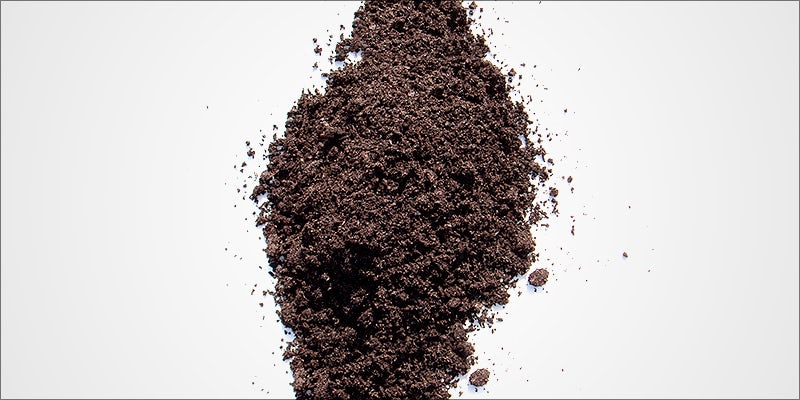
The first step in starting a grow room is knowing how you plan on cultivating your plants. Both hydroponic and soil systems require different technologies and slightly different space setups.
Prior to starting your grow, it is recommended to do some research about your preferred growing method. In general, hydroponic systems tend to take up less space. However, you may be more likely to need some space to work as well as climate management tools like a dehumidifier.
Step 2: pick your space

The first step in prepping your grow room is to find the right space. Before you dive in, you should have a sense of how many plants you hope to grow and what sort of growing style you intend to utilize. If you hope to grow fairly large plants indoors, you can expect to get about four plants per square meter.
With moderately sized plants, many people find that nine per square meter is a decent number. Those utilizing other methods of growing like sea of green (SOG) can expect up to 25 small plants per square meter which are then forced into early flowering.
If you plan on growing multiple generations, you may need to find a way to divide and light-proof both sides of your room to prevent light leakage and give you more ability to control the grow environment. When growing at home, closets, wardrobes, and large cupboards tend to make the best spaces. You can also purchase a grow tent.
When picking out a great space, there are a few things to keep in mind:
- Light-proof
- Have ventilation
- Clean and away from pets and animals
- Be comfortable for you to work in
- Be tall enough to suspend your lights and still grow your preferred strains
Step 3: preparing ventilation
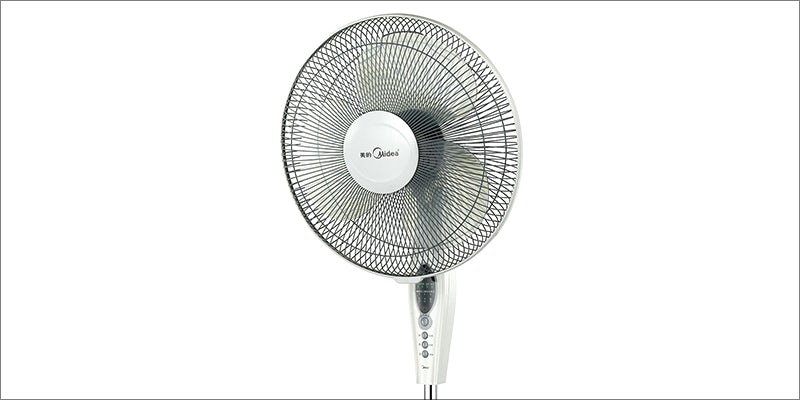
To prevent molds and mildews, cannabis needs to be grown in a well-ventilated area. Most growers place fans inside the grow room to cut down the temperature and make sure the plants experience moving air.
However, hot air should also be pumped out of the grow room. Ventilation reduces heat and helps control humidity, which both reduces stress as well as your chances of pathogenic infection.
Preparing ventilation can mean cutting a hole on the top of a closet door or a cabinet. If you’re unable to make cuts, many people leave a door slightly ajar, block the bulk of the opening with something like Panda Paper, and hook up an outward facing fan placed toward the grow-room ceiling.
Many people also use ducting and carbon filters to help control airflow and minimize scent.
Step 4: prepping the walls
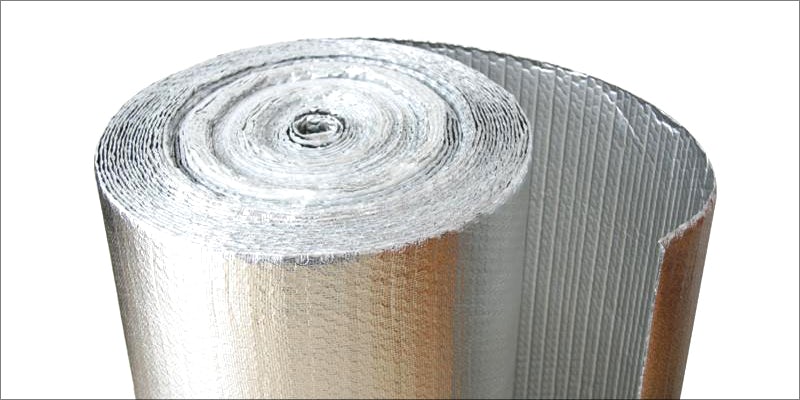
To take full advantage of your light and space, it is recommended to put some reflective material on the walls of your grow space. Many people use mirrors or reflective bubble insulation.
Flat white walls or materials like Panda Paper also help light bounce back onto the plant. The goal of putting up reflective or flat white materials is to make sure that whatever light you use is concentrated on the plant and not wasted by being absorbed by the materials in the plant’s surroundings.
Step 5: putting up your lights
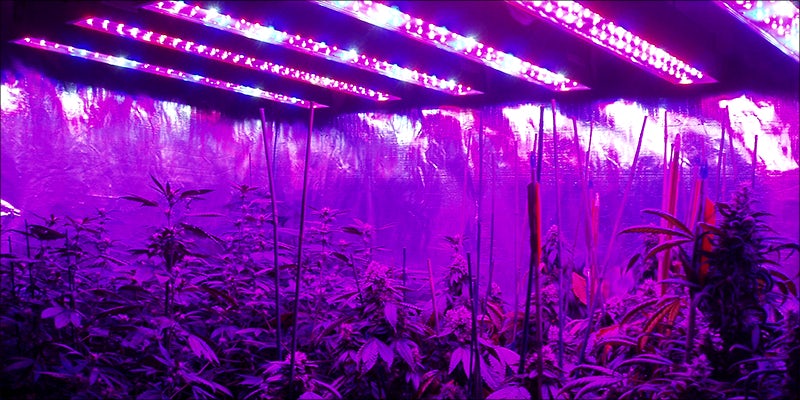
It’s always best to do your lighting research before you get too far into developing your grow room. There are several different types of lights that most growers like to use. These include:
- High-pressure sodium (HPS)
- LED
- Fluorescent
A high-quality LED or HPS system may already include built-in fans. HPS and fluorescent lights tend to get the hottest, meaning that you may need to add extra fans or pay closer attention to the internal temperature once they’re up.
After you’ve decided on the type of light that you want, the next step is hanging and installing. When installing, it’s important to make room for airflow above the light as well as enough space for your plants. As plants grow, lights will need to be adjusted upward.
When hanging lights, it’s best to hang them using adjustable chains. Lights should be given at least one foot of space from the ceiling. Depending on the wattage, most grow lights should be kept between 8 and 31 inches away from plants.
Lights as weak as low as 150 watts can be hung as close as 8 inches away, while lights as hot as 1000 watts should be kept 31 inches away from plant tops.
Step 6: climate management

Apart from ventilation and fans, there are a few key factors to consider when managing the indoor climate of your grow room. These include temperature, humidity, and C02. The most common climate management tools include:
- Humidifiers
- Dehumidifiers
- Humidistat
- Thermometers
- Fans
- CO2 drips/CO2 generators
- Light timer
Temperature and humidity will vary significantly depending on the climate in your region. For example, growers in the Pacific Northwest may struggle to keep the humidity down in their grow rooms. Growers in Arizona, on the other hand, may struggle with keeping their grow room humid enough.
If you place a humidifier in your grow room, be prepared to clean it frequently. Humidifiers are breeding grounds for pathogenic microbes, which could then be misted all over your plants.
The U.S. Consumer Product Safety Administration recommends changing humidifier water daily and keeping it clean of slime and scale. They also recommend maintaining humidity between 30 and 50 percent to avoid condensation buildup. It’s also recommended to clean and empty dehumidifiers regularly.
Prior to putting plants in your new setup, it may be helpful to test the internal temperature with the lights on for a while. If lights are too hot, adding more fans may be necessary.
If you add more fans, however, you risk your grow becoming a little too dry. Ideally, your temperature range should be between 65 and 80°F (18 to 26°C).
Step 7: collection rack and screens

Once your lights are hung and your climate control mechanisms have been tested and are in place, it’s almost time to add in your plants! Those growing in soil or rock wool may want to place a collection rack for the bottom of the grow room. A collection rack can be as simple as a few short wire shelves that plants can sit on.
This keeps plants up off of the ground, giving them slightly more airflow. This also helps to keep the grow room clean and tidy. Spills and debris that fall onto the floor of your grow room can be easily cleaned up to prevent the risk of mildews and other types of contamination.
For those interested in using the screen of green method of growing, this is also a good time to build out and measure a screen that fits into your grow space so you can quickly begin training your plants during the vegetative cycle.
It is easier to affix the screen to either your collection rack or to the walls of your grow room prior to placing substantially sized plants inside.
Step 8: place in your plants
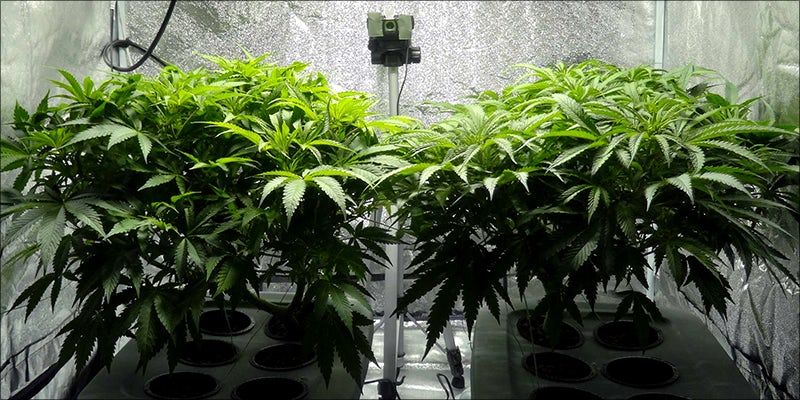
After lights are hung and your climate is tested, it’s time to place in your plants. This means either setting up your hydroponic system or placing in your pots.
Generally speaking, pots should be kept at least 3 to 4 inches apart at the base, with more room should you plan on growing larger plants. However, it’s recommended to keep indoor plants fairly small.
Herb Recommended Products:
READ MORE
